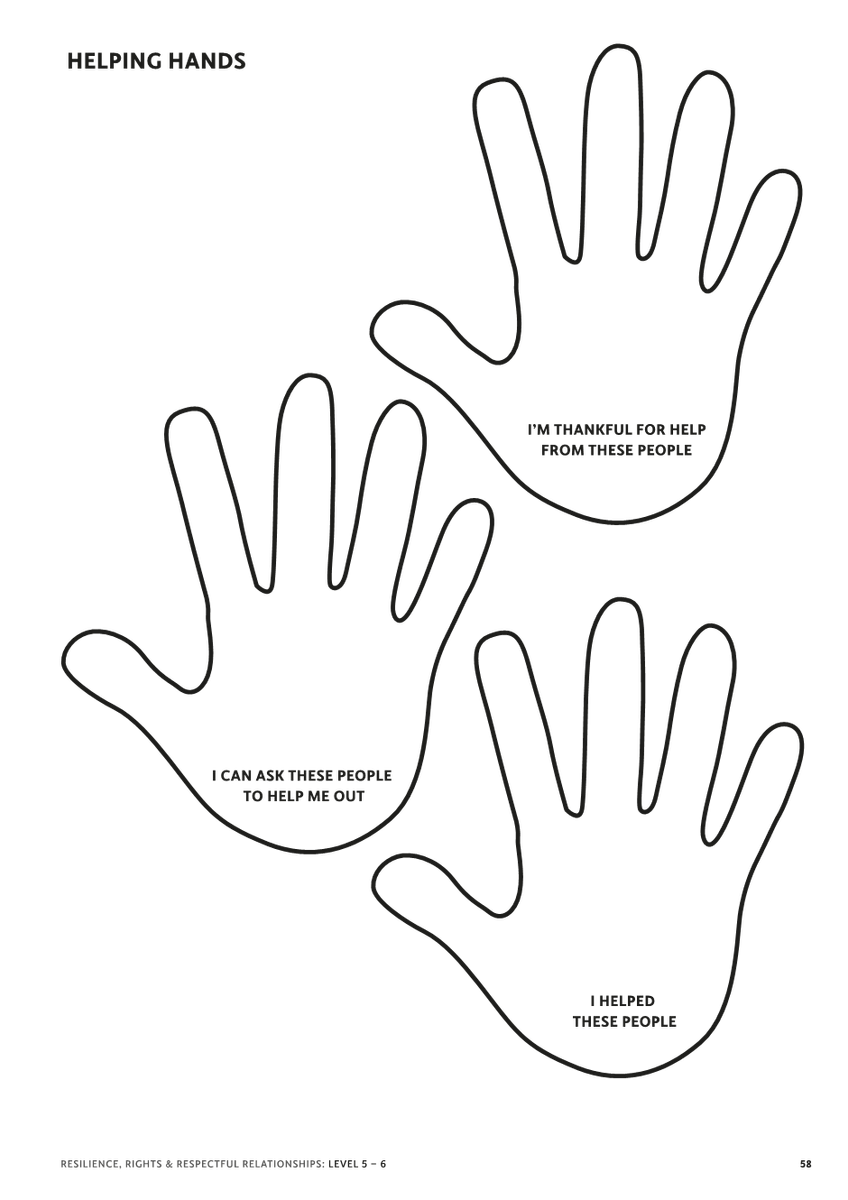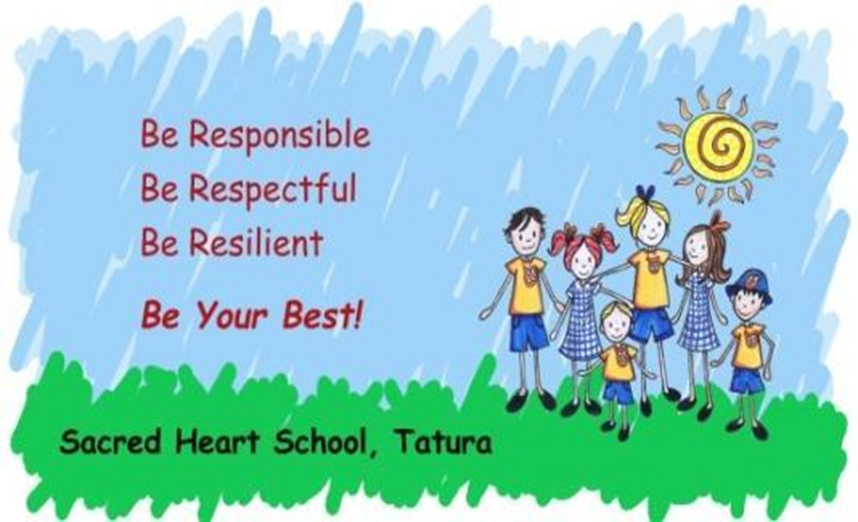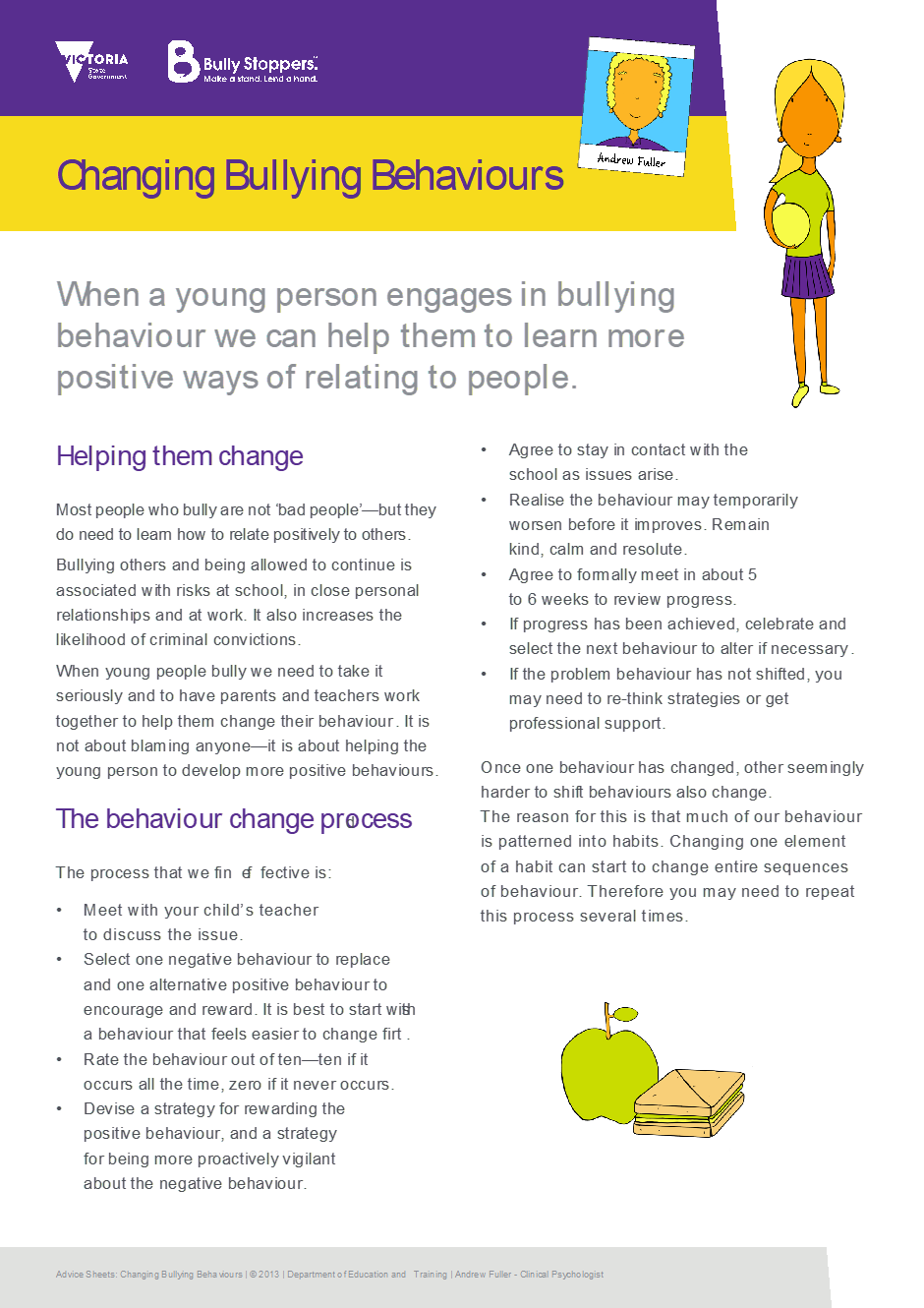Wellbeing MATTERS!

Welcome Benvenuto
Brodie's Law
Brodie’s law can apply to all forms of serious bullying, including physical bullying, psychological bullying, verbal bullying and cyberbullying.
Serious bullying may amount to a criminal offence.
In 2011, the offence of stalking in section 21A of the Crimes Act 1958 was extended to cover behaviour that amounts to serious bullying. The offence of stalking carries a maximum penalty of 10 years imprisonment.
What behaviour leads to the application of Brodie’s law?
Brodie’s law can apply to all forms of serious bullying, including physical bullying, psychological bullying, verbal bullying and cyber bullying. It is not limited by the location at which the conduct occurred or was experienced by the victim. It can apply to bullying by young people in schools, although children under 10 cannot be charged with a criminal offence.
Brodie’s law will apply to the most serious types of bullying behaviour. For it to apply there must be a course of conduct, that is, repeated bullying behaviour. The bully must also intend that the bullying cause physical or mental harm, including self-harm, to the victim. A possible example of when the law might apply is where a victim is repeatedly being encouraged to commit suicide.
Why is it called Brodie’s law?
This law is known as ‘Brodie’s Law’ because of a case where a young woman, Brodie Panlock, was subjected to serious and ongoing workplace bullying and eventually took her own life.
HELP SEEKING: Resilience, Rights and Respectful Relationships
Children can experience all kinds of challenges as they grow and develop. The help-seeking behaviours of children are fundamental to their mental health and wellbeing. Encouraging and fostering help-seeking behaviours is one way to improve mental health and wellbeing. It is important to work with children to make sure they are aware about help-seeking avenues and confident to seek help from an appropriate source when needed.
Using the Helping Hands activity with our children helps them to identify:
- people who they can turn to when they need help
- people who already contribute to, support or help them
- ways in which they provide help to others
Spend some time as a family discussing the Helping Hands activity, challenging each other to name five people on each finger of the hand that fulfils the criteria.
Here are your Dad Tip’s for this edition
Have you ever stopped to think about how your priorities change over time? From when you are young and entering the workplace, to when you have children or when you are thinking about retirement and then looking back on your life. Now is a good time to reassess and reflect!
To ensure optimal wellbeing, making an effort to balance work and family life is imperative for you, your children and family.
Not every family is the same and the way you balance your time will differ. Make a plan that works for you, and stick with it.
Top Tips
1. Assess your balance. Assess your work-family priorities and compare these against how you currently are using your time.
2. Explore ways to add some extra time with your kids. Some great times for discussions and keeping in touch with your kids are in the car, walking together somewhere or doing chores together.
3. Join forces with other dads, father figures and parents at work. Be open at work about being a father, and that family is important to you. Normalise the way you prioritise fatherhood at work by making sure your colleagues know you’re a dad.
Joke of the day:
"How do you have a party in space? You planet."
If ever you need help sorting out personal or family issues, give CatholicCare Victoria a call. They offer many services to all members of our community – ALL FREE.
Niente Senza Gioia
Dom POPPA
Pastoral Wellbeing Leader




